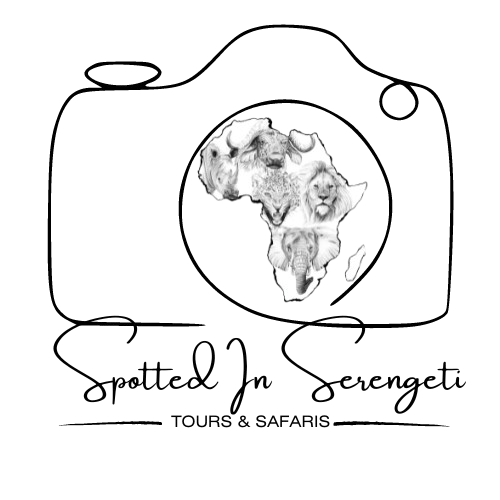11 Days of the combined trekking tour of Mount Kilimanjaro and Mount Meru
From $. 4,200 USD* / 24/7 service / 13 days
*Price p.p. incl. transfers, accommodation, food, drinks, guides, tents and park fees. Excl. International flight (based on six persons)
The combined trekking tour of Mount Kilimanjaro and Mount Meru
Kilimanjaro is home to unique flora and fauna. The lower slopes are covered with lush rainforests inhabited by monkeys, elephants, and diverse bird species. As trekkers ascend, they encounter the fascinating moorland zone with its iconic giant heathers and lobelias. The alpine desert zone near the summit features hardy plant species adapted to the harsh conditions.
Mount Meru is a stunning peak that often serves as a training ground for climbers aspiring to scale Kilimanjaro. The mountain is known for its dramatic landscapes, including lush forests, rocky ridges, and the impressive Meru Crater. With its distinctive volcanic cone shape, Mount Meru offers a different climbing experience compared to Kilimanjaro.
The combined trek of Mount Kilimanjaro and Mount Meru is more than just a physical challenge; it is an immersive adventure filled with stunning natural beauty, cultural insights, and unforgettable memories. Climbing these iconic peaks represents personal achievement, a connection with nature, and a deep appreciation for Tanzania’s stunning landscapes.
The combined trekking tour of Mount Kilimanjaro and Mount Meru is an incredible adventure for trekking enthusiasts looking to experience the majesty of Tanzania’s highest peaks. Mount Kilimanjaro, standing at 5,895 meters (19,341 feet), is the tallest mountain in Africa, while Mount Meru, with an elevation of 4,566 meters (15,275 feet), is the second highest in Tanzania. Both mountains are located in stunning national parks, offering breathtaking landscapes, diverse ecosystems, and rich cultural experiences.
This journey is not just about reaching the summits; it is an exploration of Tanzania’s natural beauty, its unique wildlife, and the vibrant culture of the local communities. This guide will provide a comprehensive overview of what to expect when undertaking this exciting trekking adventure.
Whether it’s the thrill of reaching Uhuru Peak’s summit at Kilimanjaro, the enchanting views from Mount Meru, or the rich cultural encounters along the way, this journey caters to the passionate adventurer, nature lover, and cultural explorer alike.
Day 1: Arrival At Kilimanjaro International Airport
After clearing customs and immigration, you will be greeted by your safari guide. Transfer to your accommodation in Arusha to check in and freshen up. We have suggested bellow a comfortable accommodations based on your budget from 3 stars, 4stars or 5stars.
If you arrive in morning time, you will have rest at your hotel and after lunch, take a compliment short tour of Arusha town. Visit the local market for an authentic experience, and if time permits, visit the Arusha Declaration Museum to learn about Tanzania’s history. Experience the local culture by interacting with the friendly locals.
Evening enjoy a welcome dinner at your accommodation or local restaurant to try local dishes like NyamaChoma(grilled meat) or/and Ugali(cornmeal).
Accommodations:
- 3 Stars: Planet Lodge Arusha
- 4 Stars: Arusha Hotel By Sheraton
- 5 Stars: Melia Arusha
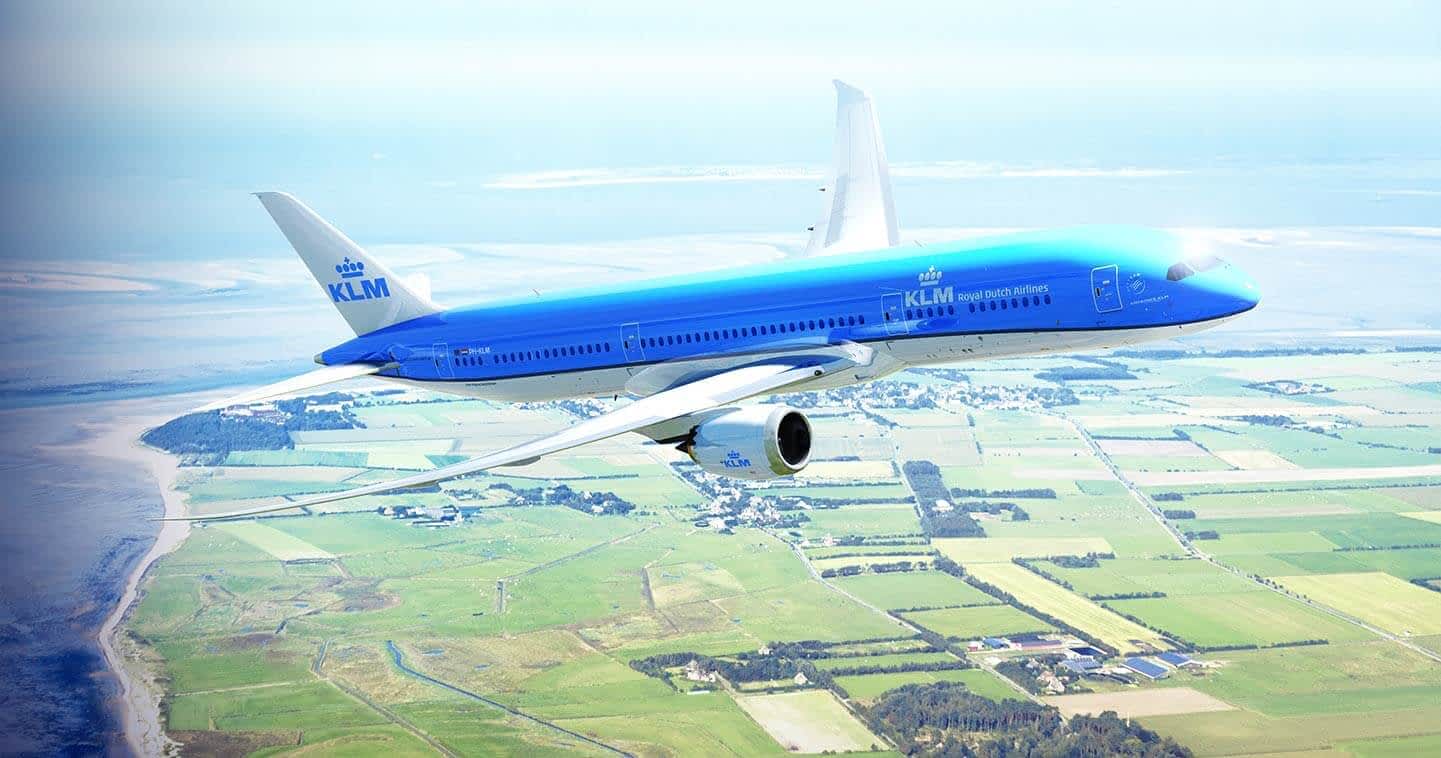

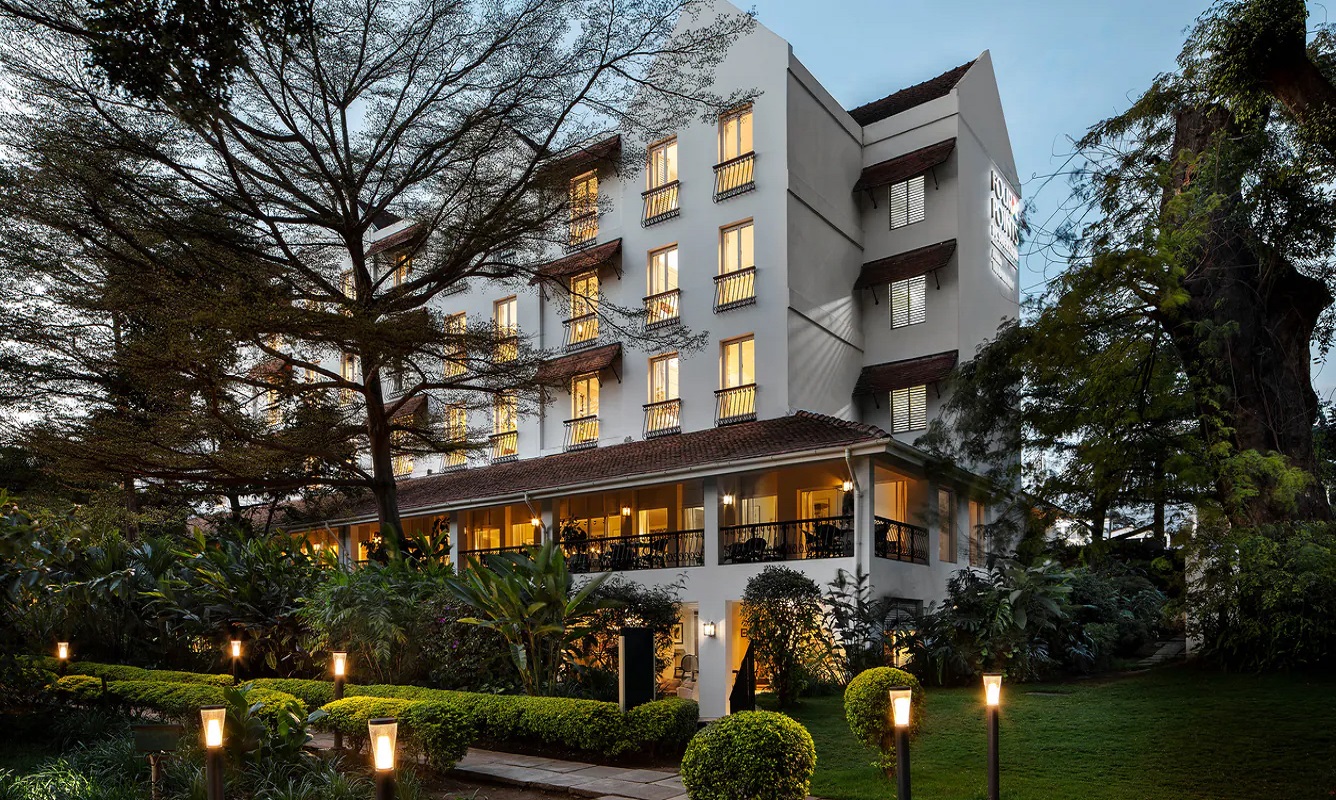

Day 2: Momella Gate to Miriakamba Huts
- Elevation: 4,921 ft to 8,250 ft
- Distance: 10 km
- Hiking Time: 4-6 hours
- Habitat: Rain Forest
We depart Arusha for Momella Gate in Arusha National Park for the necessary formalities before beginning our trek. The hiking trail begins in open grassland with an armed ranger as the possibility of seeing wildlife – giraffe, zebras, antelope, elephant and buffalo – is high. We climb steadily through the rain forest until the reach Miriakamba Huts, situated in a grassy glade.
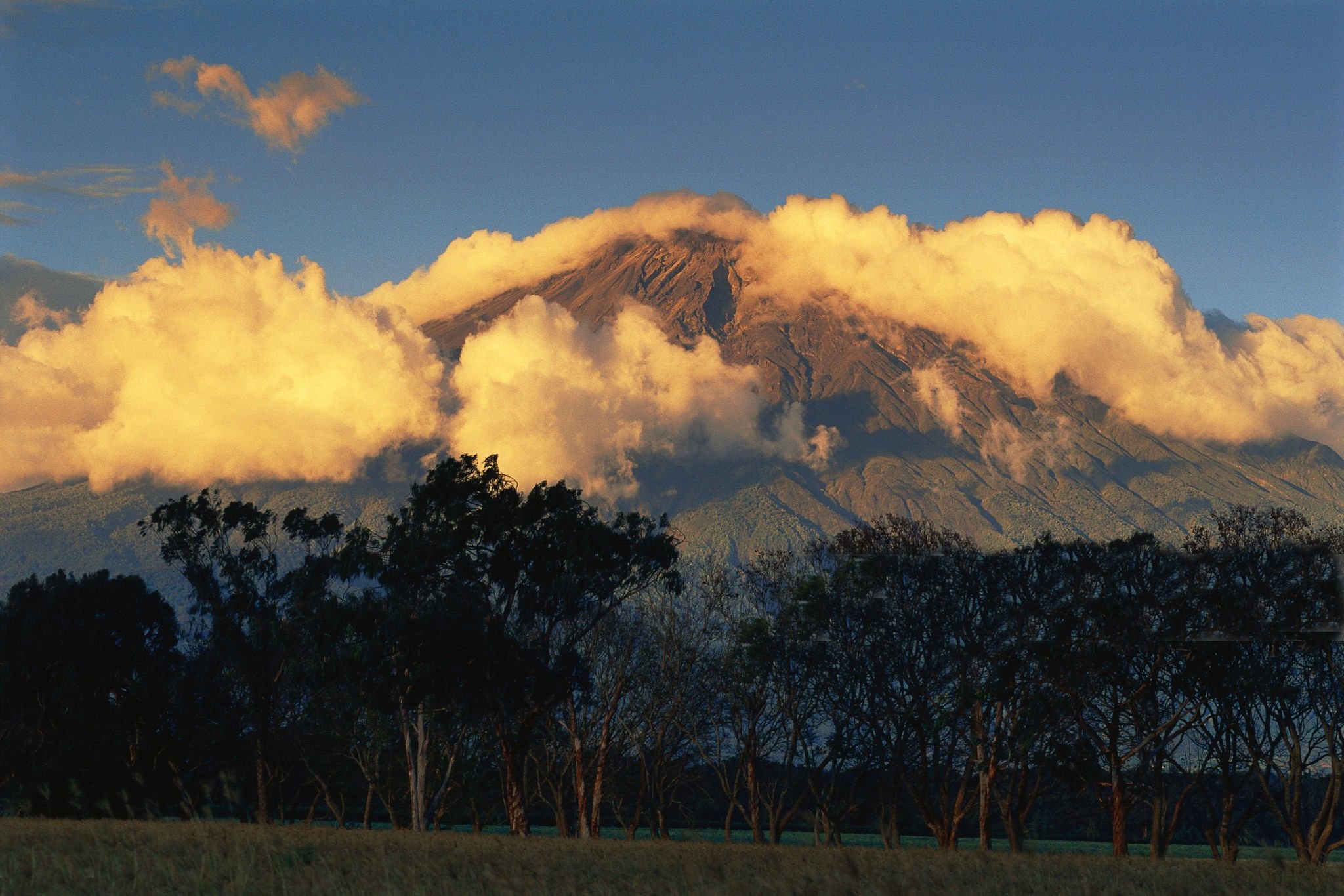
Day 3: Miriakamba Huts to Saddle Huts
- Elevation: 8,250 ft to 11,712 ft
- Distance: 8 km
- Hiking Time: 3-5 hours
- Habitat: Heath
We continue climbing through the rain forest until we enter the heath zone accompanied by giant heather and other moorland vegetation. Along the ridge of the saddle, we have views of Mount Meru Crater and the Ash Tray. After arriving at Saddle Huts, there is an option to hike to the top of Little Mount Meru for superb views and to further aid acclimatization.

Day 4: Saddle Huts to Summit
- Elevation: 11,712 ft to 14,977 ft
- Distance: 5 km
- Hiking Time: 4-6 hours
- Habitat: Alpine Desert
Summit to Miriakamba Huts
- Elevation: 14,977 ft to 8,250 ft
- Distance: 13 km
- Hiking Time: 4-6 hours
- Habitat: Heath
Very early in the morning (around midnight), we begin our climb to the summit. The trail is steep to Rhino Point and then Cobra Point. The path continues along the ridge of ash and rock to the summit – Socialist Peak. Here we enjoy magnificent views of Kilimanjaro and the sunrise before returning to Miriakamba Huts.
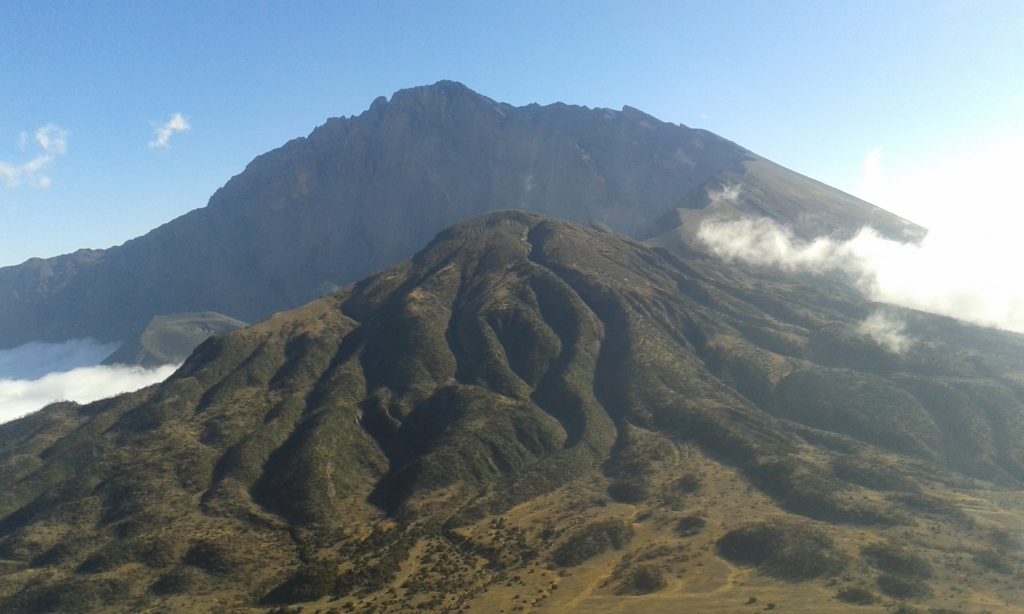
Day 5: Miriakamba Huts To Momella Gate
- Elevation: 11,712 ft to 4,921 ft
- Distance: 10 km
- Hiking Time: 2-4 hours
- Habitat: Rain Forest
On our last day, we descend quickly through the tropical rainforest to Momella Gate. At the base of the mountain, our vehicle will meet us and drive us back to the hotel.
Accommodations:
- 3 Stars: Planet Lodge Arusha
- 4 Stars: Arusha Hotel By Sheraton
- 5 Stars: Melia Arusha
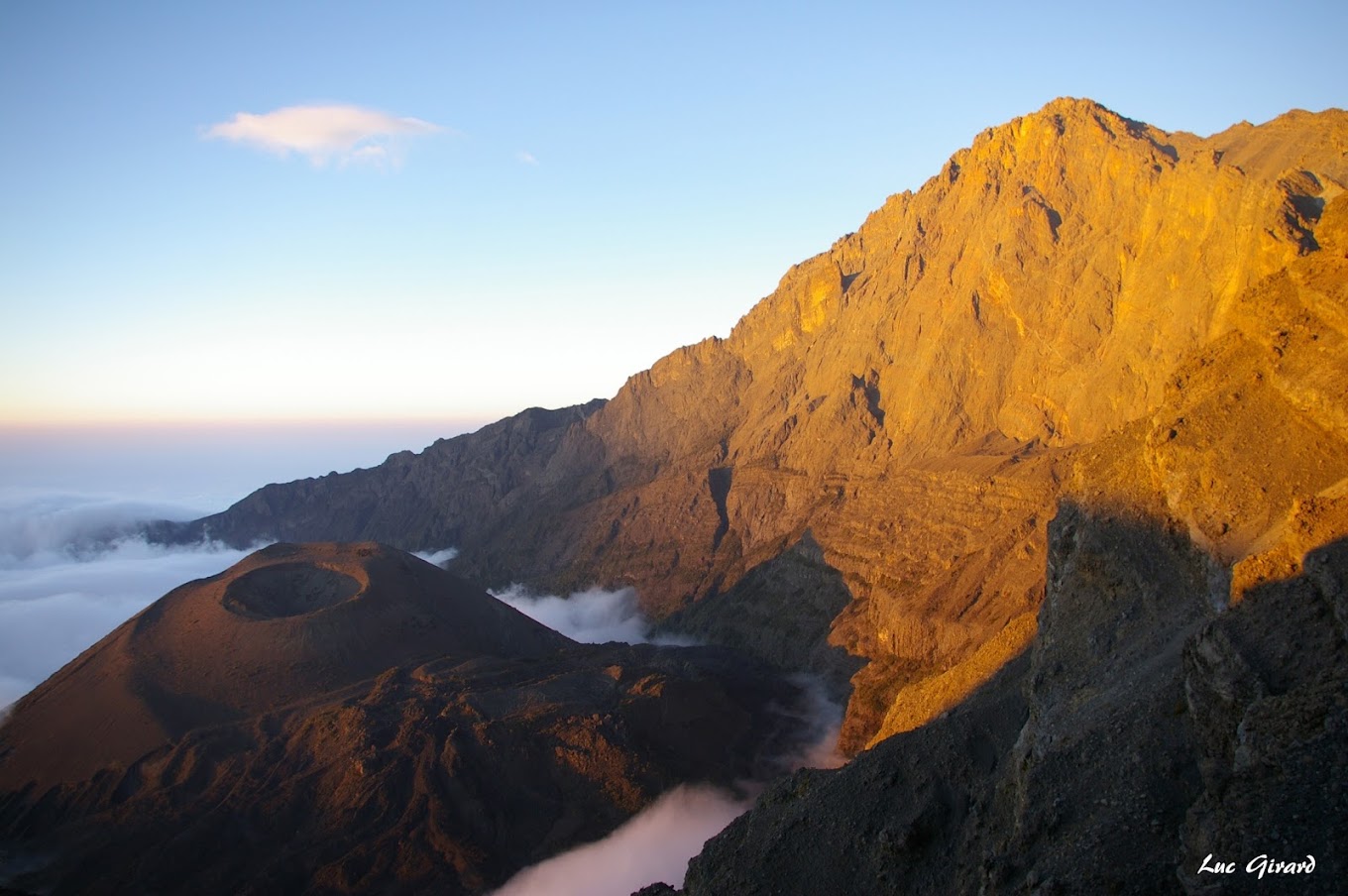
Day 6: Machame Gate to Machame Camp
- Distance: 11 km (7 miles)
- Time: 5-7 hours
- Altitude: Start at 1,600 m (5,249 ft), ascend to 2,980 m (9,777 ft)
The trek begins at Machame Gate, where climbers register and go through a briefing. The trail initially passes through lush rainforests filled with unique vegetation and wildlife. Hikers can expect to see various bird species, monkeys, and vibrant plants. The ascent to Machame Camp offers fantastic views of the surrounding mountains.

Day 7: Machame Camp to Shira Camp
- Distance: 5 km (3 miles)
- Time: 4-5 hours
- Altitude: Acclimatization, ascend to 3,850 m (12,631 ft)
The third day involves a shorter hike as acclimatization is crucial. The path leads through moorland, with spectacular views of the Shira Plateau and Kibo Peak. Upon arrival at Shira Camp, trekkers can relax and enjoy the stunning sunset.
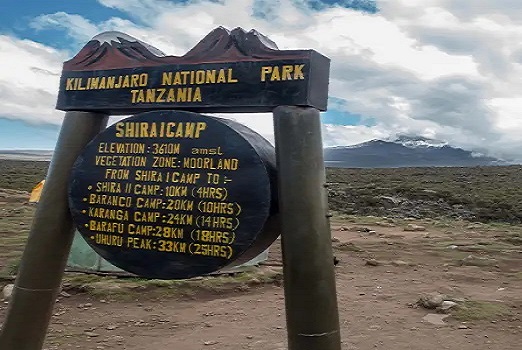
Day 8: Shira Camp to Lava Tower, then to Barranco Camp
- Distance: 10 km (6 miles)
- Time: 6-8 hours
- Altitude: Ascend to Lava Tower at 4,600 m (15,091 ft) and descend to 3,960 m (12,992 ft)
On this day, trekkers tackle the Lava Tower, an impressive rock formation that serves as a great acclimatization point. After reaching the tower, the descent to Barranco Camp takes hikers through the Barranco Wall, a challenging yet rewarding segment offering expansive views of the landscape.
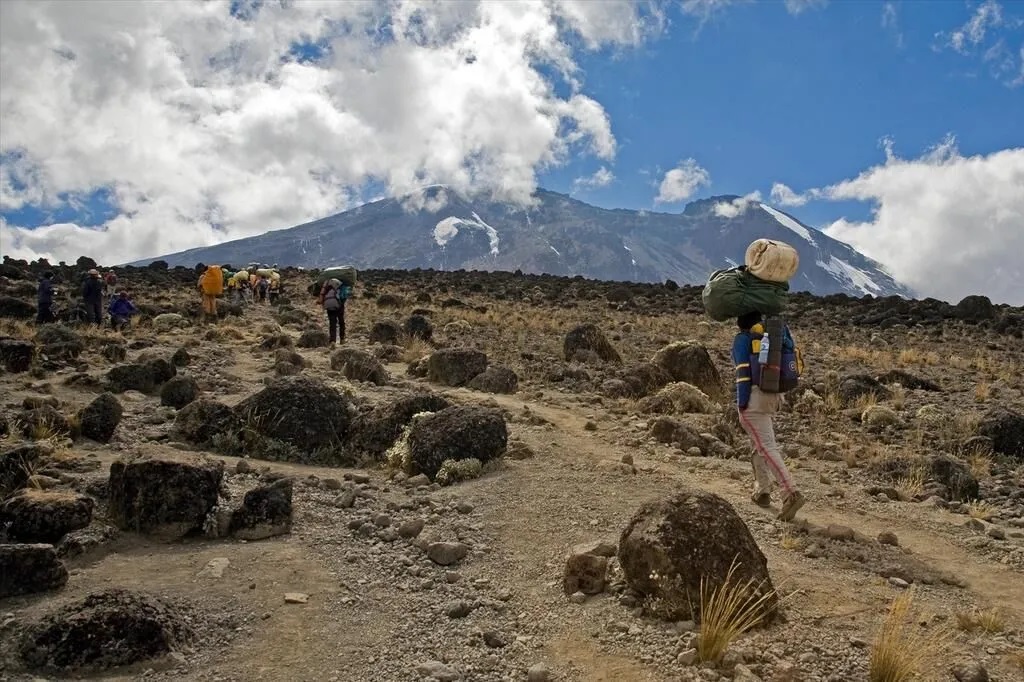
Day 9: Barranco Camp to Karanga Camp
- Distance: 5 km (3 miles)
- Time: 4-5 hours
- Altitude: Ascend to 4,030 m (13,220 ft)
The fourth day involves climbing the Barranco Wall, where trekkers navigate steep sections using fixed ropes. This part of the trek provides an exhilarating experience and offers beautiful views of the surrounding valleys. After a careful descent, climbers make their way to Karanga Camp, the last water source before the summit.
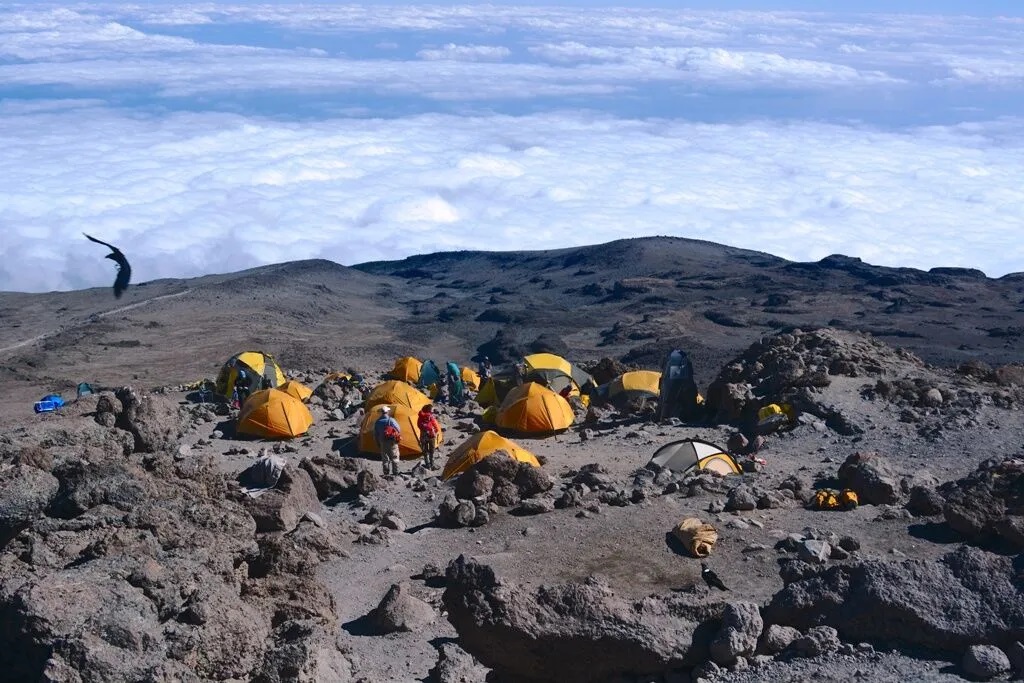
Day 10: Karanga Camp to Barafu Camp
- Distance: 7 km (4 miles)
- Time: 4-5 hours
- Altitude: Ascend to 4,640 m (15,223 ft)
This day is relatively short, providing an opportunity for climbers to rest. As you ascend to Barafu Camp, the climate changes and the scenery become more barren. Barafu serves as the base camp for the summit attempt, and it’s critical to rest well before the long and challenging day ahead.
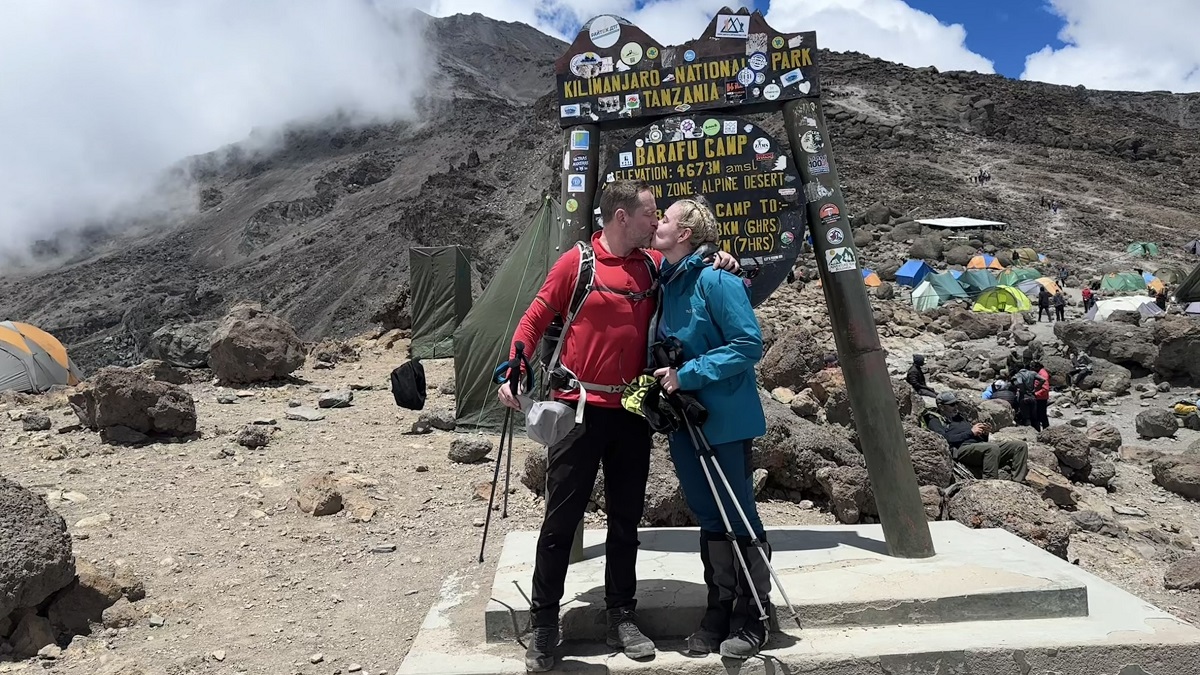
Day 11: Barafu Camp to Uhuru Peak, then to Mweka Camp
- Distance: 14 km (8 miles)
- Time: 12-14 hours
- Altitude: Summit at 5,895 m (19,341 ft) and descend to 3,100 m (10,171 ft)
Summit day begins with a midnight wake-up call. Climbers start their trek in the dark to reach Uhuru Peak at sunrise. This is the ultimate reward of the climb, with spectacular views from the roof of Africa. The descent back to Mweka Camp can be exhausting, but the sense of achievement fuels each step.
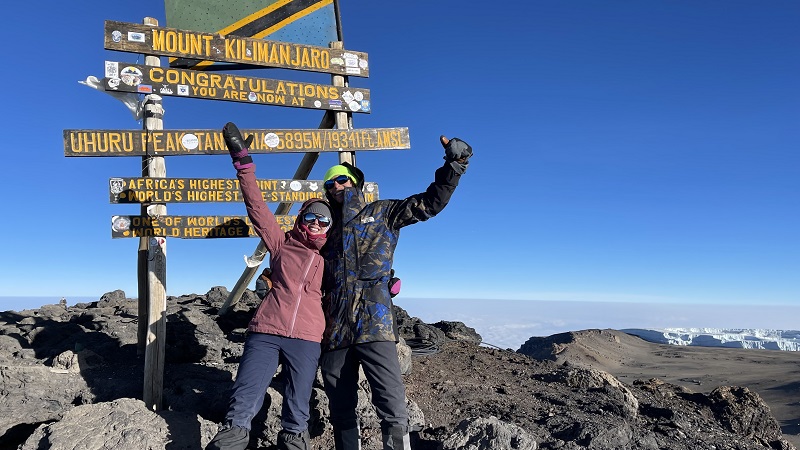
Day 12: Mweka Camp to Mweka Gate
- Distance: 10 km (6 miles)
- Time: 3-4 hours
- Altitude: Descend to 1,640 m (5,379 ft)
The final day involves a descent through the rainforest back to Mweka Gate, where climbers sign out. Here, it’s time to celebrate the successful summit attempt and receive certificates. Many trekkers choose to spend a night in Moshi or Arusha to unwind after their journey.
Accommodations:
- 3 Stars: Planet Lodge Arusha
- 4 Stars: Arusha Hotel By Sheraton
- 5 Stars: Melia Arusha
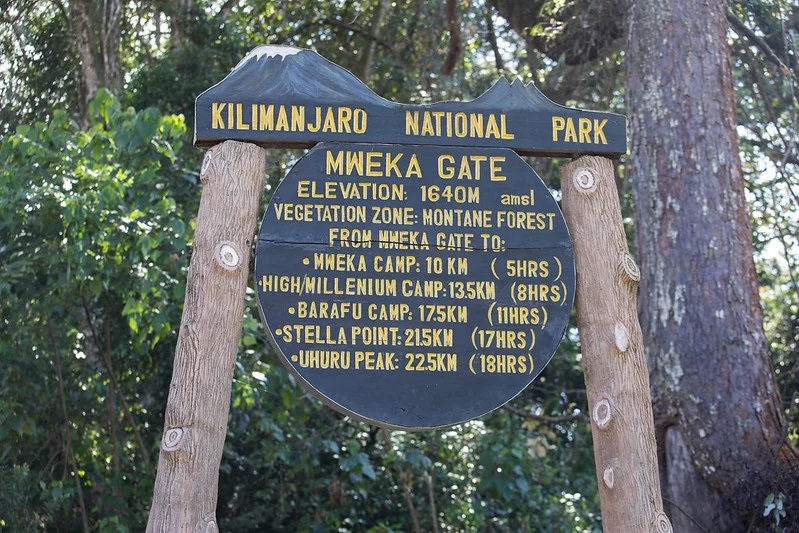



Day 13: Departure:
Late morning breakfast, them you will have city tour and have some time for last-minute souvenir shopping in local craft shops.
Departure: Depending on your flight schedule, transfer to Kilimanjaro International Airport for your departure or proceed with safari tour or flight to Zanzibar.

| What Included on the Package | What Excluded on the Package |
|
|
Kilimanjaro Mountain Packing List
Communal equipment (tents, food, utensils, etc.) is provided. You are responsible for bringing the required, recommended and optional personal gear and equipment listed below. The most common mistake that climbers make is that they over pack. Be selective in what you take with you. Our porters are limited to carrying 33 lbs. (15 kgs) of your personal belongings.
Clothing:
- 4-5 Pairs of underwear
- Top and bottom base layer – Icebreaker (Women) or SmartWool (Men)
- 3-4 Short sleeve and 1-2 long sleeve trekking shirts
- 1-2 Pairs of hiking trousers
- 1 Fleece jacket – Helly Hansen (Men) or The North Face (Women)
- 1 Insulated winter jacket – Arc’Teryx Atom (Men) or North Face Nuptse (Women)
- 1 Insulated trekking trousers
- 1 Hardshell jacket – North Face Resolve Resolve (Men) and North Face Venture 2 (Women)
- Lightweight raingear
Headgear:
- Sun hat, ideally with a neck cover
- Warm beanie or fleece headband
- Bandana or neck gaiter
- Headlamp – PETZL Tikka
- Sunglasses
Hands and Walking:
- Lightweight inner gloves – New Balance Lightweight Gloves
- Warm outer gloves/mitts – Gore-Tex Gloves (Men) or Black Diamond Mercury Mitts (Women)
- Adjustable trekking poles – Black Diamond Alpine
Footwear:
- Mid-weight hiking boots – Salomon Quest (Women) or KEEN Targhee (Men)
- Camp trainers (Men) / Trekking sandals (Women)
- 4-5 Pairs of trekking socks – SmartWool or Bridgedale
- 1 Pair of warm/thick trekking socks
- Bags and Daypack (click for details)
- 80-90L Waterproof duffle bag – North Face Base Camp
- 20-30L Daypack – Osprey Talon 22
- Daypack raincover
- Travel bag organisers (optional)
Sleeping Accessories:
- 4-Season sleeping bag – Marmot Trestles or Hyke & Byke Unisex
- Insulated sleeping mat
- Inflatable pillow (optional)
General Accessories:
- Large volume water bottle or hydration bladder – Platypus Hydration Bladder for backpack
- Water Purification Tablets
- Baby wipes
- Sweat-resistant suncream
- Blister plasters
- Insect repellant
- General medications (Paracetamol, Imodium)
- Pee bottle (optional)
Technology:
- Camera
- GoPro (optional)
- Solar Backpack Charger (optional)
- Spare batteries and camera memory card
- Kindle with backlight (optional)
Other Bits and Bobs
- Energy bars
- Energy drink supplement
- Ziplock bags for important possessions (passport, money, phone, etc.)
- Trekking towel
- Toiletries, including one roll of toilet paper
- Passport, visa, insurance, yellow fever card (if applicable)
- Small lock for your duffle bag.
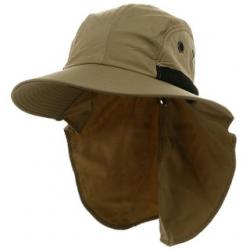



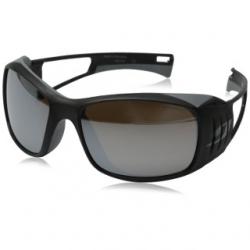
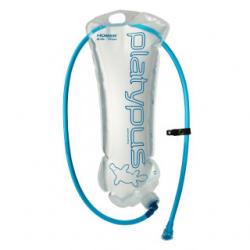
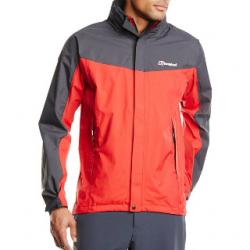
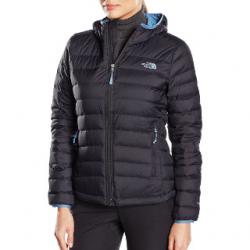
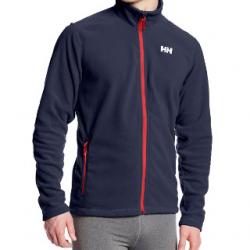


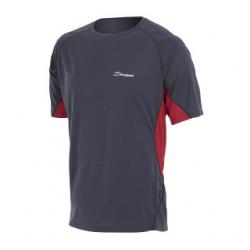
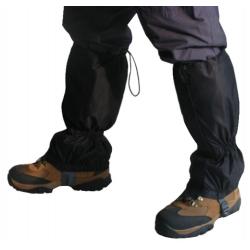
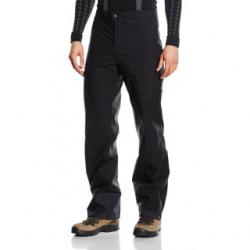
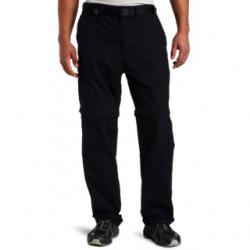


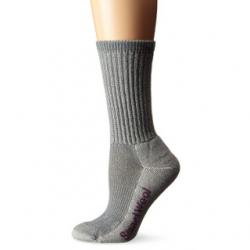
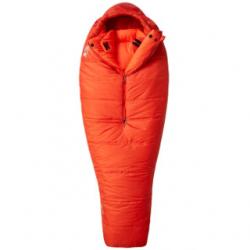
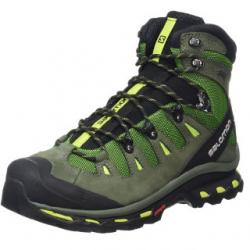
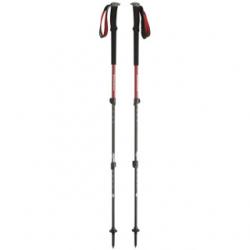
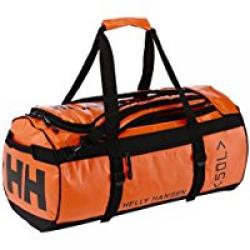
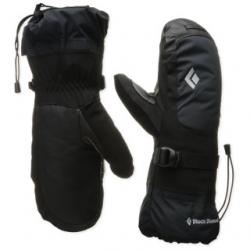
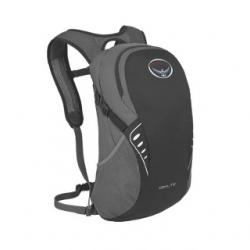
Important Information’s to know:
- Children under 10 years are not allowed to Summit Kilimanjaro.
- The duration of transfers/walking are approximate, the exact duration will depend on the time of day and traffic conditions and customers fitness.
- A Yellow fever vaccination is mandatory when enters Tanzania.
- Visas are available on arrival. All visa requirements are the sole responsibility of the traveler.
Preparation for the Climb
Physical Preparation
Getting in shape for the Kilimanjaro climb is crucial. Engage in a well-rounded fitness program, focusing on cardiovascular endurance, strength training, and hiking practice. Aim for at least three to six months of preparation:
- Cardio Training: Engage in activities such as running, cycling, swimming, or brisk walking. Gradually increase your duration and intensity.
- Strength Training: Focus on building strength in your legs, back, and core to ease the physical demands of the trek. Squats, lunges, and leg presses are beneficial.
- Hiking Practice: Go on regular hikes, both on flat and inclined terrains, to prepare your body for the conditions you will encounter on Kilimanjaro.
Mental Preparation
Climbing Kilimanjaro can be as much a mental challenge as it is a physical one. Preparing mentally involves:
- Researching the Climb: Understand the route, what to expect in terms of altitude sickness, and the physical demands.
- Setting Realistic Goals: Know your limits and be prepared for the possibility of needing to descend if necessary.
- Practicing Mindfulness: Engage in activities that promote mental resilience, such as meditation or yoga, to prepare for the mental aspect of high-altitude trekking.
Our Customers Speak For Us!
Spotted in Serengeti Safaris has been helping travelers from around the world to make their travel Matter as they journey with a sense of purpose, knowing their travel will help have a positive impact on the planet, people, and wildlife.
We are honored to have been awarded multiple Travelers’ Choice Awards for being among the best tour operators in Tanzania. These accolades demonstrate our commitment to delivering outstanding experiences for our guests and we are proud to be acknowledged as a leading tour company in the region. We look forward to taking you on one of our award-winning adventures.
EXCELLENTTrustindex verifies that the original source of the review is Google. Vam confiar amb Piks on Safari per al nostre primer viatge a Tanzania i ha estat una experiència increïble. El viatge ha estat planificat de forma professional però donant-nos la llibertat que demanàvem per fer coses pel nostre compte. Tant Pili com el seu equip han estat atents en tot moment i ens han aconsellat i fet veure una forma de viatjar pel país que va molt més enllà de fer turisme, fent-nos una inmersió que no havia trobat en cap altre viatge. Una menció especial a Ezequiel, que va compartir 5 dies amb nosaltres i va ser molt més que un guia excepcional.Trustindex verifies that the original source of the review is Google. Vam fer un viatge a Tanzània i Zanzibar un grup de 6 persones. Només puc dir que ha sigut increïble, espectacular i al·lucinant. Teníem les expectatives molt altes, però la realitat és molt més. Pili ha estat sempre pendent de nosaltres, responent totes les preguntes que ens anaven sortint al llarg del viatge. Revo i Ezequiel han sigut molt importants en esta experiència; dos guies difícils de superar. El tracte i l'atenció que hem rebut per part de tots 3 ha sigut immillorable. Teníem diverses persones amb al·lèrgies i intoleràncies alimentaries, però això no ha suposat cap problema en cap dels allotjaments. Tothom estava molt atent a les nostres demandes. Recomano Piks on Safari a tothom que vulgui conèixer Tanzània i Zanzibar. Espero poder tornar prompte i segur que serà de la mà de Pili. Ha sigut un viatge que ens ha marcat la vida. Moltes gràcies per tot.Trustindex verifies that the original source of the review is Google. La setmana passada vam tornar de Tanzania, i només puc dir que este viatge es quedarà per a sempre al nostre cor. Gràcies, Pili, per posar-nos les coses tan fàcils, per organitzar-nos el viatge adaptat a les nostres necessitats/preferències i per obrir-nos les portes d'este increïble país 🇹🇿 Repetiríem el viatge cada any! I més, al teu costat i al del teu equip. Gràcies també a Revo y Ezequiel, els nostres guies: persones humils i super atentes, pendents de natros en tot moment. En definitiva, un viatge 100% recomanable al costat de Piks On Safari! ❤️Trustindex verifies that the original source of the review is Google. Hace un año contactamos con Piks no safari para organizar nuestro viaje. Era nuestra primera vez en África. Queríamos un viaje especial, sabíamos que queríamos hacer un safari y sabíamos lo que no queríamos. Pili nos atendió y entendió de maravilla, nos organizó el viaje que habíamos soñado. Pero no solo lo planificó todo en la distancia sino que estuvo pendiente de nosotros y de nuestro viaje en todo momento, sabíamos que podíamos contar con ella para cualquier cosa. Asi pues, un año después, estamos súper contentos de haberla elegido, sin duda, repetiríamos a ciegas. También agradecer a nuestro guía Ezequiel, fantásticoTrustindex verifies that the original source of the review is Google. Acabem de tornar de Tanzania/Zanzibar, encara estem bocabadats, recuperant l'alè i sí, segurament és deu a la bellesa dels llocs vistos, a l'amabilitat infinita de les seves gents, als menjars, les olors especiades, a la terra roja, al mar increïble, però no és menys cert que, l'organització del viatge per part de Piks On Safari, capitanejada per Pilar, una dona d'Ulldecona, resident a Moshi, que coneix el millor dels dos mons, ha estat clau. T'assessora molt abans de ser-hi, un cop allí, sempre ha estat pendent de nosaltres, sense fer-se notar però molt pendent. Ella ens ha facilitat conèixer allotjaments en gent molt especial, llocs increïbles on anar, guies locals genials..... Salutacions "Piks" i gràcies x tot. De part dels nous "safari lovers"Trustindex verifies that the original source of the review is Google. El passat mes de juny vam viatjar a Tanzania. Coneixer la Pili i que ens preparés el viatje a mida va ser tot un encert. Els allotjaments van ser molt confortables tot i la diferència de categoria entre uns i altres. El fet de poder col·laborar en alguns projectes socials encara va fer més espècial el viatge. Tot va estar molt ben organitzat . Poder preguntar a algú de confiança que et resolgui dubtes , et recomani llocs per anar a sopar i altres ens va fer sentir molt tranquils. Menció especial per a en Revo el nostre guia a Moshi. El seu entusiasme i el seu caracter van fer que estiguéssim com a casa. Un viatge de dos setmanes que no oblidarem i que recomanarem sens dubte amb la Pili i el seu equip de Piks on Safari!!!Trustindex verifies that the original source of the review is Google. Nuestra luna de miel no ha podido ser mejor gracias a Picks on Safari, 17 días por Tanzania y Zanzíbar. El trabajo de Pilar ha sido increíble, cualquier problema o duda ha sido solucionado por ella al momento, ya que está pendiente de que el viaje sea perfecto y así ha sido. La gente que trabaja con ella hace por que te diviertas y disfrutes de la cultura y de los parques, desde la experiencia en la que preparamos comida con una mamá, la travesía hasta las cataratas de Materuni hasta los impresionantes parques con los animales que fueron alucinantes. Y qué decir de la gente local, todo el mundo fue simpático y agradable a rabiar. En el safari estuvimos con Jonh, nuestro guía, que hizo todo lo posible por que viésemos a todos los animales y lo consiguió, con un gran conocimiento de los animales nos sentimos muy seguros con él. Esperamos volver a este maravilloso País y si lo hacemos sin duda volveremos a contactar con esta gran empresa. Mil gracias a Pilar y a todo su equipo por este maravilloso viaje, nos llevamos Tanzania y Zanzíbar en nuestro corazón.Trustindex verifies that the original source of the review is Google. Viaje inolvidable!!! Súper buena organización y espectaculares alojamientos. Gracias a Pilar nos fue posible una leve inmersión en la cultura local tanto de la gente de Moshi como la de los pueblos de la zona, con unos guías fantásticos. Además, en el alojamiento de Moshi (Barazani Garden Villa ) nos hicieron sentir como en casa, con la mejor comida local que hemos probado en nuestro viaje. Por otro lado, el safari fue espectacular. Un guía estupendo. El coche tiene todo lo necesario y no tuvimos ningún problema. Sin duda, volveríamos a realizar el viaje con Piks.Trustindex verifies that the original source of the review is Google. Encontrar a la familia de Piks para hacer nuestro safari ha sido la mejor casualidad nos ha podido pasar. Sin duda ha sido el viaje de nuestra vida. Desde el minuto 1 la atención de Pili ha sido maravillosa, aclarando todas nuestras dudas (que no eran pocas) en cuanto a moneda local, propinas, vestimenta, etc. Una vez que llegamos a Tanzania, tanto el chófer que nos recogió en el aeropuerto, como los alojamientos y sus trabajadores, hasta nuestro guía Ezequiel, han sido personas que nos han robado el corazón. El coche privado cuenta con todas las prestaciones necesarias y está en muy buenas concidiones. Pili adapta el viaje a las necesidades tanto económicas como personales de cada uno y organiza tu viaje de manera responsable con gente local, conociendo el país de primera mano. (Recomendación especial: DANZA MASAI) Sin duda alguna, si alguien me preguntase por Tanzania, recomendaría PIKS ON SAFARI. Gracias a toda la familia de piks por hacer este viaje UNICO ♥️Trustindex verifies that the original source of the review is Google. Un viatge inoblidable en el que la Pili i el seu equip ens han fet sentir molt a gust durant tots els dies. Hem viscut l'essència i cultura del país des de dins d'una manera molt intensa. Molt agraïts amb el Kelvin i el seu equip durant els dies de trekking pel Kilimanjaro, a l'Ezikieli que ens va acompanyar els dies de safari i la Nasra que amb ella vàrem visitar les ciutats de Moshi i Arusha. I com no, a la Pili que en cada moment es va preocupar per nosaltres. 100% recomanable!!!

